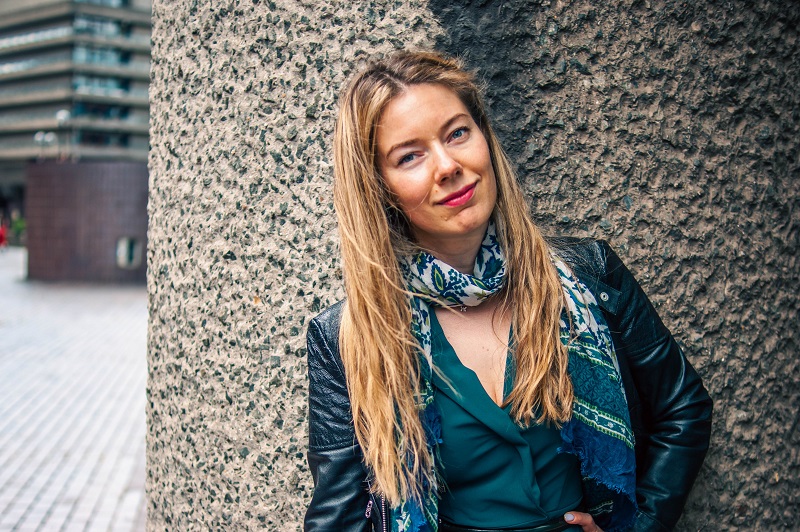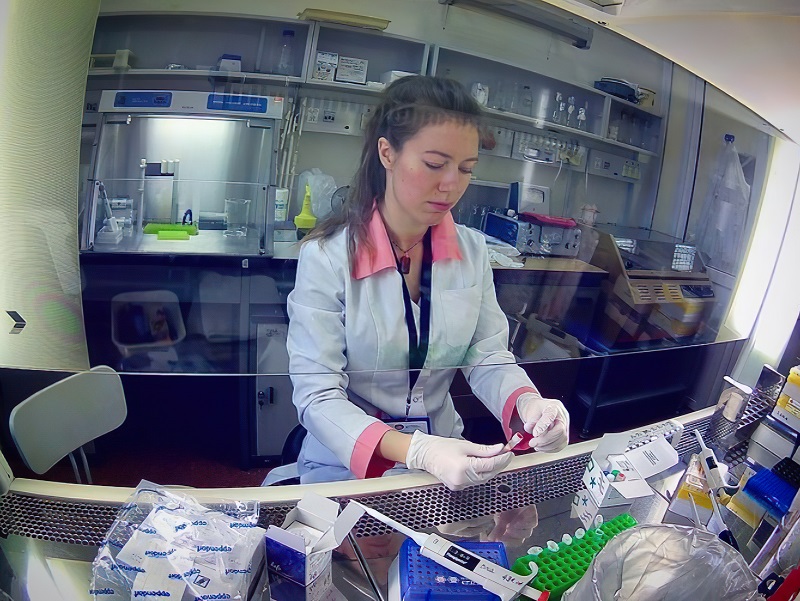What can your oral microbes reveal about you? RSU lead researcher Alisa Kazarina on the microbiome’s role in health
From archaeology to modern dentistry, Alisa Kazarina's research journey is anything but conventional. A pharmacist with a PhD in biology, she now explores the fascinating world of the oral microbiome at the Rīga Stradiņš University (RSU) Faculty of Dentistry.
You're a pharmacist with a PhD in biology, but you're working in dentistry. How did that come about?
True, I'm not a dentist – I'm a pharmacist with a doctorate in biology, and now I’m doing research in dentistry. It’s been a very interdisciplinary journey so far! When different disciplines come together, that’s when new and exciting ideas are born. I truly value finding myself among dentists nowadays – I’m often in circumstances where everyone around me is a dentist, and the conversations revolve around dental topics. It’s a stimulating environment.

Portrait of researcher Alisa Kazarina. Photo: Courtesy of Alisa Kazarina
What was your first research project at RSU?
My first and ongoing postdoctoral project focuses on periodontitis and interventions to improve the oral microbiome to help patients manage the disease better. Periodontitis is a chronic inflammatory disease affecting the gums and supporting structures of the teeth. It starts with dysbiosis in the oral microbiome and then triggers a cascade of imbalanced immune responses, often turning into a chronic condition that is very difficult to treat once the symptoms appear.
Nearly half of people over the age of 30 show signs of periodontal disease, but it's often undiagnosed until the condition becomes advanced. Moreover, research has shown that chronic periodontitis may be linked to systemic health issues, including diseases like Alzheimer’s. For example, the bacterium Porphyromonas gingivalis has been found to travel through the bloodstream and potentially contribute to neurological degeneration.
How did you first become interested in the oral microbiome?
During my doctoral studies, I focused on the evolution of the microbiome – specifically, studying historical microbiomes from archaeological human remains. The only material that realistically preserves ancient microbial DNA is dental calculus. That’s how I started working with ancient dental plaque and comparing its microbial composition to that of modern humans.
It wasn't my discovery, but it resonated with what I was reading elsewhere: the idea that the modern human microbiome is undergoing a kind of extinction. Just like biodiversity is decreasing at the planetary level, something similar is happening microbially – we simply hadn’t noticed it before because we lacked the tools. When high throughput sequencing technologies became widely available in the last 20 years, researchers began “fishing” for everything that lives around us. That's when I became captivated by the oral microbiome. These themes were the focus of my TEDx Riga talk in 2016.
How does this line of research connect to modern health issues?
It made me wonder why the oral microbiome looks so different in modern people compared to ancient populations – and whether this shift could be linked to so-called diseases of civilization. Despite technological progress, we see a rapid increase in chronic illnesses in developed countries. That observation mirrors changes in the microbiome. When I learned that RSU’s Faculty of Dentistry was looking for someone interested in the oral microbiome, I decided to meet with them. I had been working alone on this topic at that time and simply wanted to talk to people who shared my interest. That conversation led me to join RSU.

Researcher Alisa Kazarina working in a laboratory, handling samples under a fume hood. Photo: Courtesy of Alisa Kazarina
What's revolutionary about microbiome research today?
The microbiome is incredibly promising – both for early diagnosis and for treatment. It’s the collective community of microbes in a specific part of the body. For example, the oral microbiome differs between the tongue, gums, and cheeks. It's not just bacteria – it also includes viruses, fungi, and other microbe types. It’s a complex ecosystem with its own internal logic. Although we’ve been studying microbiomes for about two decades, there’s still a lot we don’t know.
How can microbiome research help make the world a better place?
This question really makes you reflect. Why has microbial diversity declined in developed countries? A possible explanation could be our decreasing exposure to nature. In big cities – especially in the US or Western Europe – people may live in environments that are almost sterile. If there’s no tradition of spending time in nature, the outdoors can even seem "dirty" or dangerous. I’ve seen this myself – some city dwellers react to nature with shock or fear.
Lack of exposure to biodiversity could be one reason why we see changes in the microbiome. Research suggests that healthier microbiomes tend to be more diverse, whereas disease often correlates with lower microbial diversity. A richer, more varied microbiome may help keep harmful microbes at bay. That said, diversity isn’t always a perfect indicator – some diseases also involve microbial overgrowth. But overall, microbial diversity appears to be a key factor in health.
Related news
 ‘Science needs freedom of thought’. Meet Tenured Professor Maija Radziņa Researchers Up Close, Interviews, Research, Radiology
‘Science needs freedom of thought’. Meet Tenured Professor Maija Radziņa Researchers Up Close, Interviews, Research, Radiology


